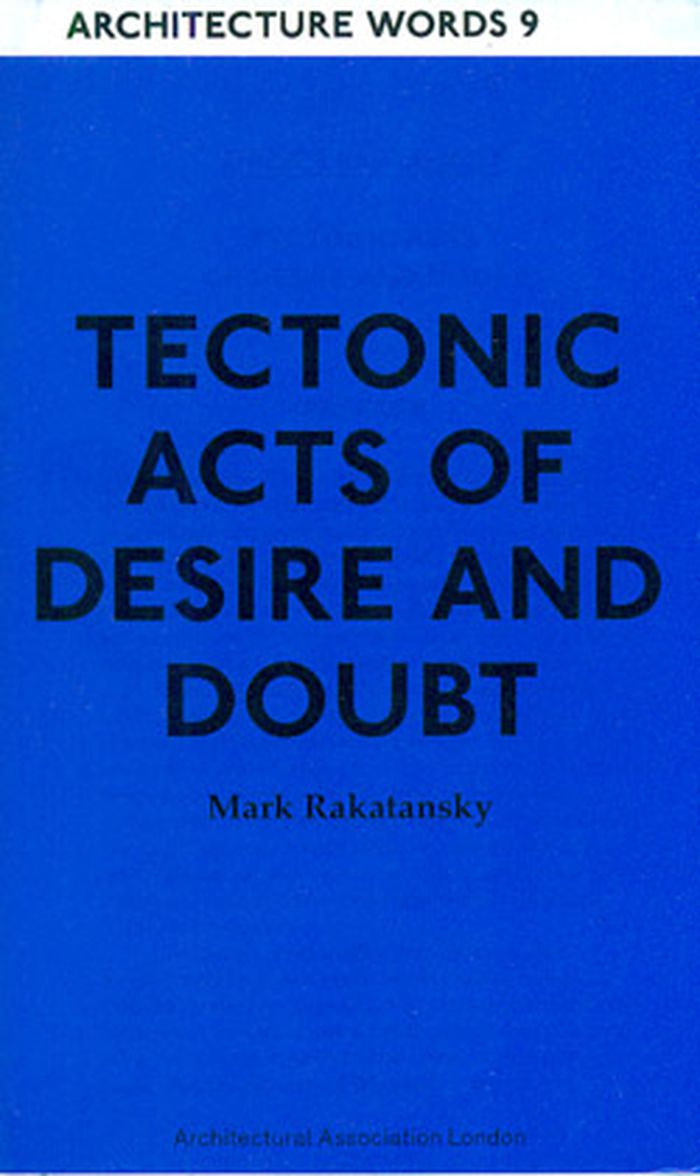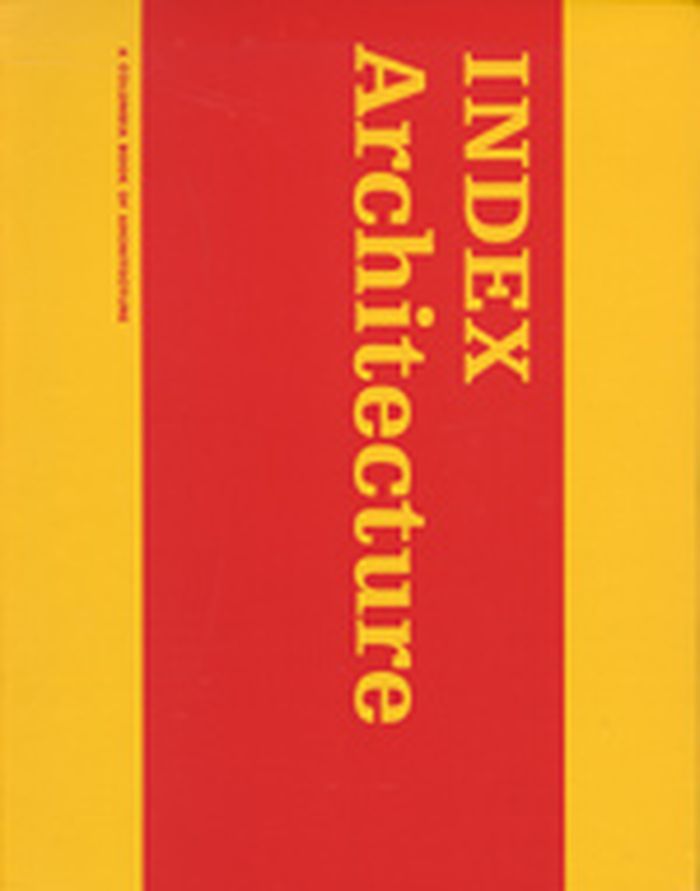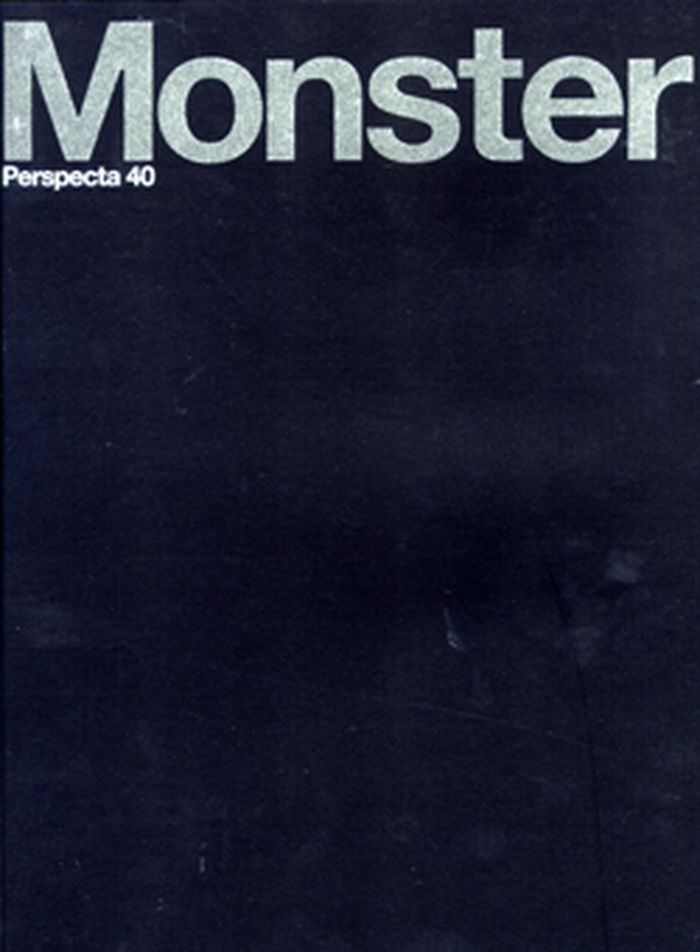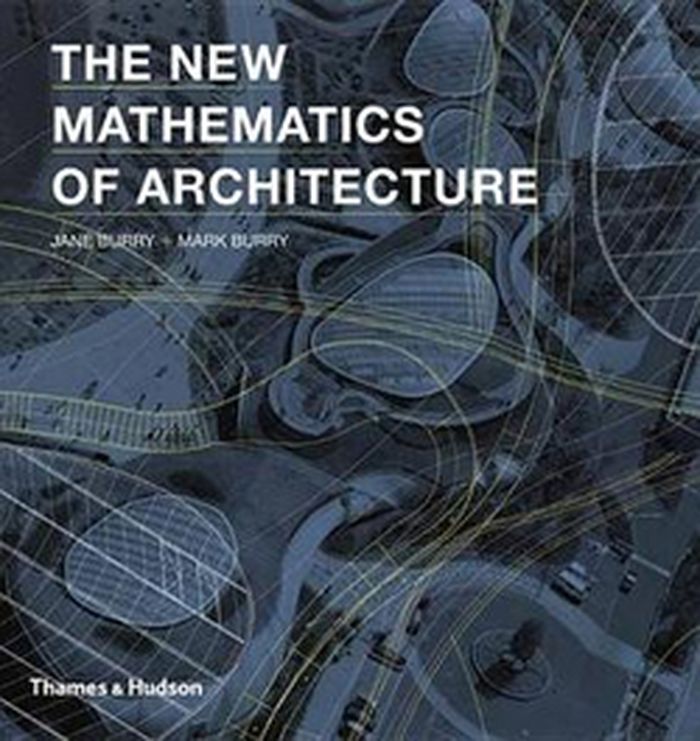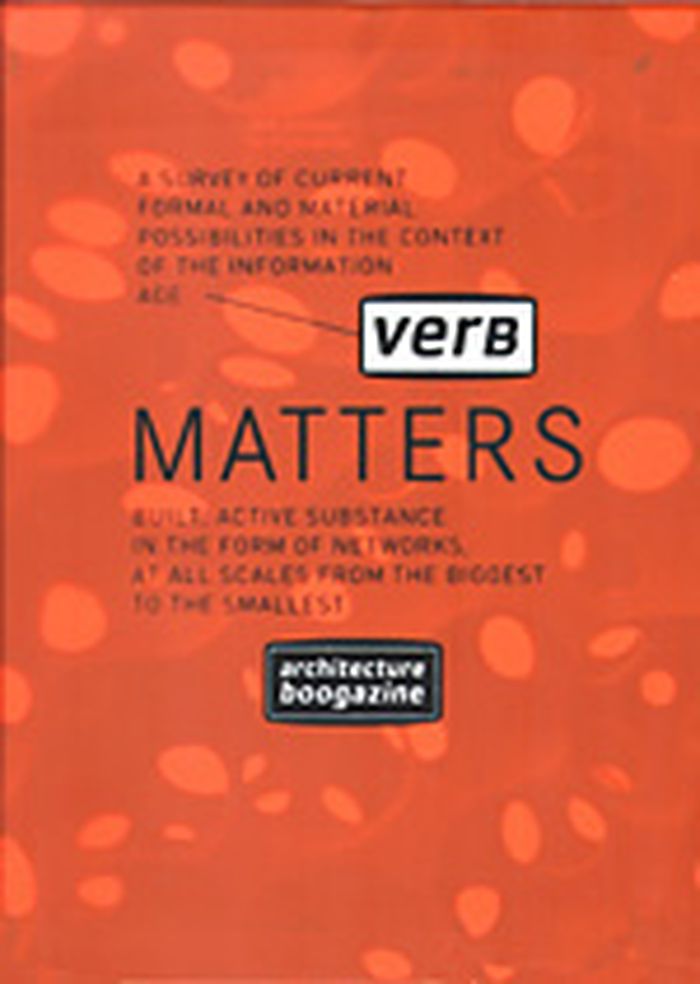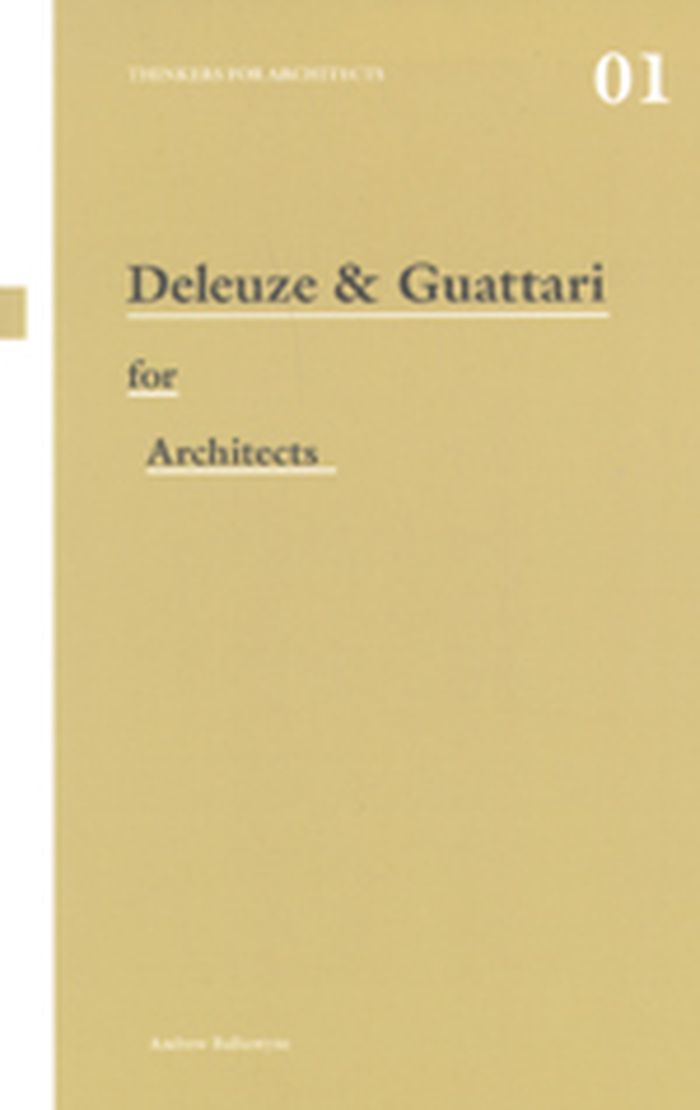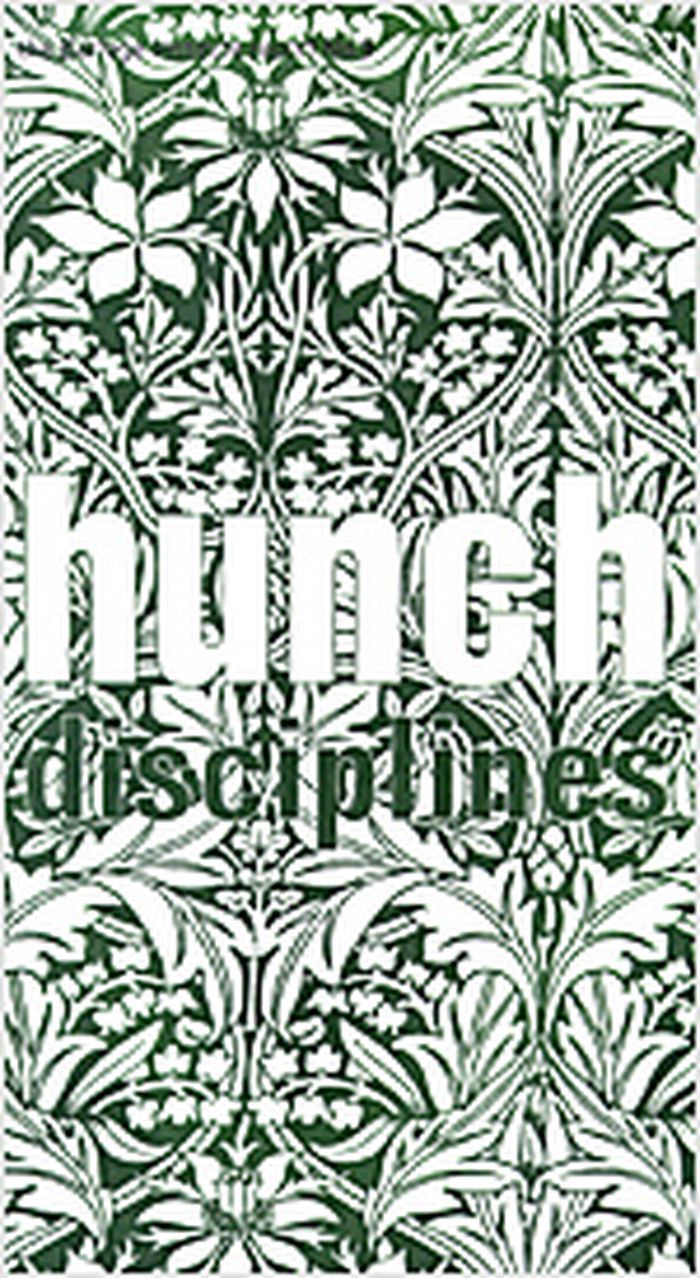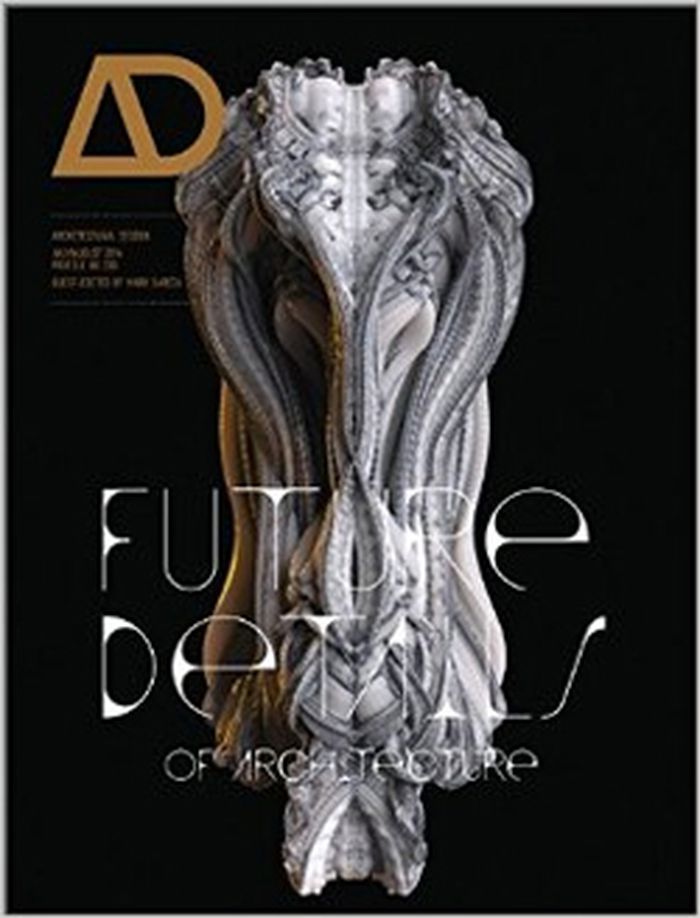$26.00
(disponible sur commande)
Résumé:
This collection of a number of key essays by the New York-based architect and writer Mark Rakatansky proposes an innovative framework for architecture to enact the complex tectonic dramas of social and culture space. Following its title, the book is arrayed in three sections: Tectonic, Acts of, Desire and Doubt. In each, Rakatansky covers a series of subjects in a(...)
AA words 9: tectonic acts of desire and doubt
Actions:
Prix:
$26.00
(disponible sur commande)
Résumé:
This collection of a number of key essays by the New York-based architect and writer Mark Rakatansky proposes an innovative framework for architecture to enact the complex tectonic dramas of social and culture space. Following its title, the book is arrayed in three sections: Tectonic, Acts of, Desire and Doubt. In each, Rakatansky covers a series of subjects in a writerly voice that varies from the third-person narrative of the scholarly essays to the transcript of an email exchange with fellow academic Sarah Whiting discussing recent books by architect Greg Lynn. Transformational performances of architectural identity are explored in discussions of fabrication, social parametrics, building envelopes, spatial narratives, animation, migrancy, and in illuminating readings into the works of Louis Kahn, Robin Evans, John Coltrane, Giulio Romano and Andrea Palladio.
Théorie de l’architecture
Index architecture
$41.95
(disponible en magasin)
Résumé:
"Index architecture" documents the extensive cross-fertilization of ideas that can occur between architectural practice and education. Through work developed by students and faculty at Columbia University's School of Architecture, it offers not only an archive of avant-garde work but a record of architectural discourse at a time when the design studio has been radically(...)
Théorie de l’architecture
mai 2003, Cambridge / London
Index architecture
Actions:
Prix:
$41.95
(disponible en magasin)
Résumé:
"Index architecture" documents the extensive cross-fertilization of ideas that can occur between architectural practice and education. Through work developed by students and faculty at Columbia University's School of Architecture, it offers not only an archive of avant-garde work but a record of architectural discourse at a time when the design studio has been radically altered by digital technology. Writings, interviews, and images are organized according to an alphabetical "index" of key terms. Cross-referencing allows for a rich reading of concepts currently discussed in the field. The contributing critics and theorists include Stan Allen, Karen Bausman, Lise Anne Couture, Kathryn Dean, Evan Douglis, Kenneth Frampton, Leslie Gill, Thomas Hanrahan, Laurie Hawkinson, Steven Holl, Jeffrey Kipnis, Sulan Kolatan, Greg Lynn, William MacDonald, Reinhold Martin, Mary Mcleod, Victoria Meyers, Hani Rashid, Jesse Reiser, Bernard Tschumi, Nanako Umemoto, and Mark Wigley.
Théorie de l’architecture
livres
$46.00
(disponible en magasin)
Résumé:
For millennia, architects and builders have attempted to rationalize cities into well-functioning and liveable places. While many aspects of a city evolve naturally, other facets result from human interventions and radical imagination. "Future city" celebrates the visionary urban schemes that have preoccupied architects trying to create a better world from the 1950s to(...)
Architecture expérimentale
avril 2007, New York
Future city : experiment and utopia in architecture
Actions:
Prix:
$46.00
(disponible en magasin)
Résumé:
For millennia, architects and builders have attempted to rationalize cities into well-functioning and liveable places. While many aspects of a city evolve naturally, other facets result from human interventions and radical imagination. "Future city" celebrates the visionary urban schemes that have preoccupied architects trying to create a better world from the 1950s to the present. This publication assembles several generations of utopian architecture in a single volume. With the city serving as the context and catalyst for the works, the book provides resource for contemporary architectural and urban development and innovation in the third millennium. It features hundreds of seminal works by some sixty architects, ranging from the groundbreaking experiments of Rem Koolhaas, Zaha Hadid, Peter Cook, Daniel Libeskind and Coop Himmelb(l)au, alongside a new generation of rising stars, including Asymptote, NOX, UN Studio and Greg Lynn.
livres
avril 2007, New York
Architecture expérimentale
Perspecta 40
$26.50
(disponible sur commande)
Résumé:
This fortieth issue of Perspecta--the oldest and most distinguished student-edited architectural journal in America--examines architecture past and present through the lens of the monster. The contributors--a diverse group of scholars, practitioners, and artists--embrace the multitude of meanings this term carries in an attempt to understand how architecture arrived at(...)
Perspecta 40
Actions:
Prix:
$26.50
(disponible sur commande)
Résumé:
This fortieth issue of Perspecta--the oldest and most distinguished student-edited architectural journal in America--examines architecture past and present through the lens of the monster. The contributors--a diverse group of scholars, practitioners, and artists--embrace the multitude of meanings this term carries in an attempt to understand how architecture arrived at its present situation and where it may be going. Perspecta 40 represents in itself a kind of monster--a hybrid, jumbled, conflicting amalgamation of work and ideas that looks at the past in new ways and tells of things to come. Contributors: Philip Bernstein, Mario Carpo, Arindam Dutta, Ed Eigen, Mark Gage, Gensler, Marcelyn Gow and Ulrika Karlsson (servo), Catherine Ingraham, Mark Jarzombek, Terry Kirk, Leon Krier, Greg Lynn, John May, John McMorrough, Colin Montgomery, Guy Nordenson, Eeva-Liisa Pelkonen, Emmanuel Petit, Kevin Roche, Yoshiharu Tsukamoto (Atelier Bow-Wow) and Ryuji Fujimura, Michael Weinstock, Claire Zimmerman.
Revues
$37.00
(disponible sur commande)
Résumé:
In the era of digital design and manufacturing, architects can experiment with and apply mathematical concepts to built structures as never before This survey of forty-six international projects, compiled and written by leading architects of digital design, offers an overview of exciting manifestations of these new processes through accessible illustrations, lucid(...)
The new mathematics of architecture
Actions:
Prix:
$37.00
(disponible sur commande)
Résumé:
In the era of digital design and manufacturing, architects can experiment with and apply mathematical concepts to built structures as never before This survey of forty-six international projects, compiled and written by leading architects of digital design, offers an overview of exciting manifestations of these new processes through accessible illustrations, lucid texts, hands-on experience and constructed projects. The result is a compendium of the thinking and building behind today’s most exciting architecture. MINIFIE NIXON / FOSTER + PARTNERS / JOHN PICKERING / ANTONI GAUDÍ /INGENHOVEN ARCHITECTS / GEHRY PARTNERS / KOHN PEDERSEN FOX / LAB ARCHITECTURE STUDIO / ATELIERS JEAN NOUVEL / OCEAN NORTH / BIOTHING / ARUP AGU / PTW ARCHITECTS / HENEGHAN PENG / DANIEL LIBESKIND / ASHTON RAGGATT MCDOUGALL / FOREIGN OFFICE ARCHITECTS / ARATA ISOZAKI / COX ARCHITECTS / TOYO ITO / UN STUDIO / DECOI ARCHITECTS / PAUL MORGAN ARCHITECTS / GREG LYNN / MCBRIDE CHARLES RYAN / HAKES ASSOCIATES / CLOUD 9 ARCHITECTURE / KARRES EN BRANDS / NOX ARCHITECTS / SERVO / ASYMPTOTE / HYPERBODY RESEARCH GROUP / CARLO RATTI ASSOCIATI
Structures d’ingénierie
Verb - matters
$41.95
(disponible sur commande)
Résumé:
The second issue of Verb asks: What can we really build? Verb Matters explores the formal and material possibilities for construction in our present information era, with its extensive data processing, global networking, and increasingly blurred distinctions between natural matter and artificial technology. This critical itinerary begins with reflections on the results of(...)
Revues
mai 2002, Barcelona
Verb - matters
Actions:
Prix:
$41.95
(disponible sur commande)
Résumé:
The second issue of Verb asks: What can we really build? Verb Matters explores the formal and material possibilities for construction in our present information era, with its extensive data processing, global networking, and increasingly blurred distinctions between natural matter and artificial technology. This critical itinerary begins with reflections on the results of sophisticated ideas applied to the shaping of buildings including Toyo Ito's ephemeral work, recent attention to inflatable architecture and building with air, and the low tech approach of practitioners like LOT/EK. Consideration of the growing potential of current technology is also examined in a piece equating recent sneaker design technology to that of car manufacturing, as well as the use of artificial intelligence in home control networks at MIT's "Media House" project. Colorful, tactile, dense, and packaged in its own very contemporary design, Verb Matters remains devoted to cutting-edge issues in architecture and design. includes contributions from Toyo Ito, Greg Lynn, LOT/EK, Klein & Dytham, and Sherry Turkle
Revues
$41.90
(disponible sur commande)
Résumé:
The work of Gilles Deleuze and Felix Guattari has been inspirational for architects and architectural theorists in recent years. It has influenced the design work of architects as diverse as Greg Lynn and David Chipperfield, and is regularly cited by avant-gardist architects and by students, but usually without being well understood. The first collaboration between(...)
Théorie de l’architecture
octobre 2007, Abingdon, New York
Deleuze & Guattari for Architects
Actions:
Prix:
$41.90
(disponible sur commande)
Résumé:
The work of Gilles Deleuze and Felix Guattari has been inspirational for architects and architectural theorists in recent years. It has influenced the design work of architects as diverse as Greg Lynn and David Chipperfield, and is regularly cited by avant-gardist architects and by students, but usually without being well understood. The first collaboration between Deleuze and Guattari was Anti-Oedipus: Capitalism and Schizophrenia, which was taken up as a manifesto for the post-structuralist life, and was associated with the spirit of the student revolts of 1968. Their ideas promote creativity and innovation, and their work is wide-ranging, complex and endlessly stimulating. They range across politics, psychoanalysis, physics, art and literature, changing preconceptions along the way. Deleuze & Guattari for Architects is a perfect introduction for students of architecture in design studio at all levels, students of architecture pursuing undergraduate and postgraduate courses in architectural theory, academics and interested architectural practitioners.
Théorie de l’architecture
livres
$60.00
(disponible sur commande)
Résumé:
Experimental, craftsmanlike, daring – twenty U.S. architectural practices are transforming contemporary buildings, cities and landscapes that are distinctly American into works of global significance. The book presents twenty diverse practices from every corner of the country to investigate the kind of originality that is unique to the American culture and climate.(...)
avril 2002, New York
All American : innovation in American architecture
Actions:
Prix:
$60.00
(disponible sur commande)
Résumé:
Experimental, craftsmanlike, daring – twenty U.S. architectural practices are transforming contemporary buildings, cities and landscapes that are distinctly American into works of global significance. The book presents twenty diverse practices from every corner of the country to investigate the kind of originality that is unique to the American culture and climate. Beginning by tracing the most recent developments in American architecture and identifying regional, theoretical or practical strands, the book focuses on each studio in depth, featuring an extensive profile and coverage of projects. The studio profiles are followed by essays that present the work of five of the most recent practices to emerge on the scene with fresh new approaches. A reference section contains concise biographical and bibliographical information on each architect. Featured architects: • Allied Works Architecture • Architecture Research Office • Building Design Workshop • Wendell Burnette Architects • Daly, Genik Architects • Diller + Scofidio • Garofalo Architects • Leslie Gill Architect • Guthrie + Buresh Architects • Dan Hoffman • Vincent James Associates • Rick Joy Architect • Kennedy & Violich Architecture • Kuth/Ranieri • Greg Lynn Form • Michael McInturf Architects • Office dA • Thomas Phifer + Partners • Charles Rose Architects • SHoP/Sharples Holden Pasquarelli.
livres
avril 2002, New York
Hunch 9 2005 : disciplines
$28.95
(disponible sur commande)
Résumé:
"Hunch 9" asserts a broad disciplinary claim regarding architectural publications generally: it is not the quantities of publications that are a problem, but rather their consistent failure to present lines of reasoning. This inadequacy will be addressed by disciplining the issue : by organizing projects, lectures, interviews and essays into a set of arguments about(...)
Hunch 9 2005 : disciplines
Actions:
Prix:
$28.95
(disponible sur commande)
Résumé:
"Hunch 9" asserts a broad disciplinary claim regarding architectural publications generally: it is not the quantities of publications that are a problem, but rather their consistent failure to present lines of reasoning. This inadequacy will be addressed by disciplining the issue : by organizing projects, lectures, interviews and essays into a set of arguments about 'disciplines'. 'Return' will discuss the current erosion of architecture's disciplinary distinctions; 'Resonate' will examine the perspectives of other disciplines such as music, money, planning and film; 'Reason' will trace theoretical precedents for architectural autonomy, expertise, and education; 'Realize' will make connections between theory and practices through Berlage research-production processes, construction technology, form and precedent; and 'Relay' will expose the various disciplinary transfers in and out of architectural practice. Texts for this issue include essays and lectures by Brian Eno, Jeff Kipnis, Bernard Cache, Lieven de Cauter, Mark Linder, Alejandro Zaera-Polo, Richard Sennett, Paul Morrell, Helene Furján, Peter Trummer, Ronald Wall, Rem Koolhaas, a master class by Greg Lynn, a studio with Salvador Perez Arroyo and an interview with R.E. Somol. Graphic design : Mick Morsink.
Revues
$50.00
(disponible sur commande)
Résumé:
Despite the exaggerated news of the untimely 'death of the detail' by Greg Lynn, the architectural detail is now more lifelike and active than ever before. In this era of digital design and production technologies, new materials, parametrics, building information modeling (BIM), augmented realities and the nano-bio-information-computation consilience, the detail is now an(...)
AD 230, July/August 2014: future details of architecture
Actions:
Prix:
$50.00
(disponible sur commande)
Résumé:
Despite the exaggerated news of the untimely 'death of the detail' by Greg Lynn, the architectural detail is now more lifelike and active than ever before. In this era of digital design and production technologies, new materials, parametrics, building information modeling (BIM), augmented realities and the nano-bio-information-computation consilience, the detail is now an increasingly vital force in architecture. Though such digitally designed and produced details are diminishing in size to the molecular and nano levels, they are increasingly becoming more complex, multi-functional, high performance and self-replicating. Far from being a non-essential and final finish, this new type of highly evolved high-tech detail is rapidly becoming the indispensable and critical core, the (sometimes iconic) DNA of an innovative new species of built environmental form that is spawning in scale and prominence, across product, interior, urban and landscape design. This issue of AD re-examines the history, theories and design of the world’s most significant spatial details, and explores their innovative potentials and possibilities for the future of architecture.
Revues
